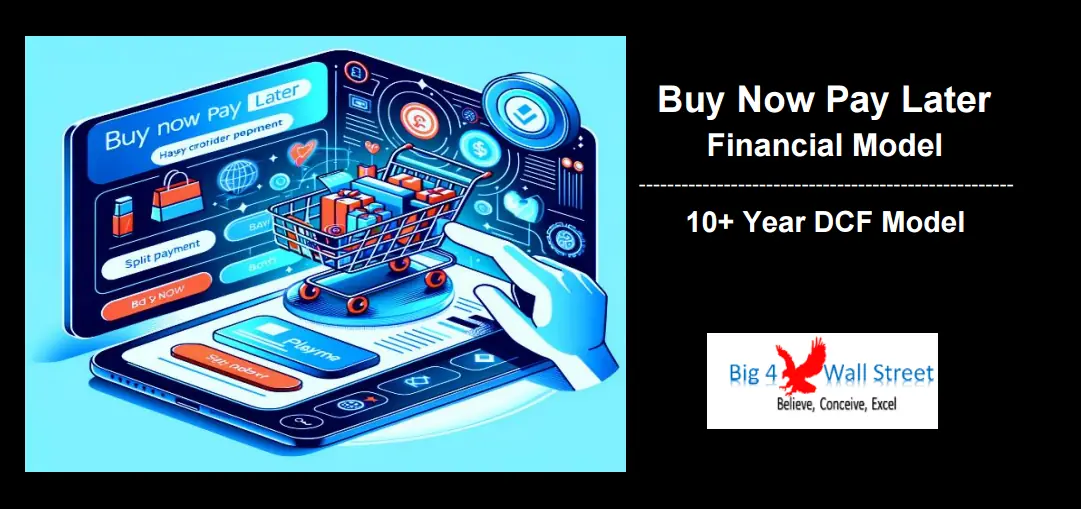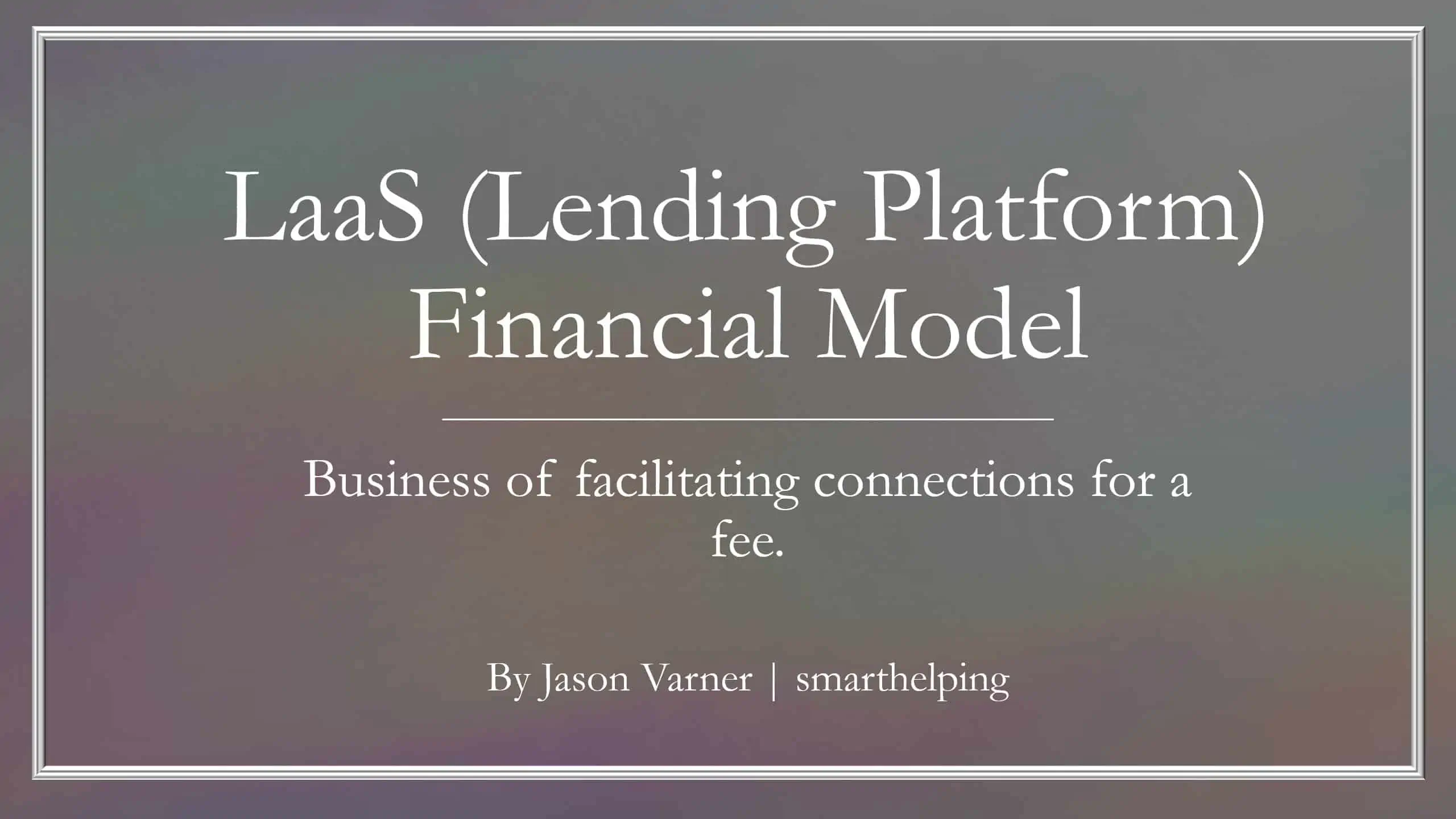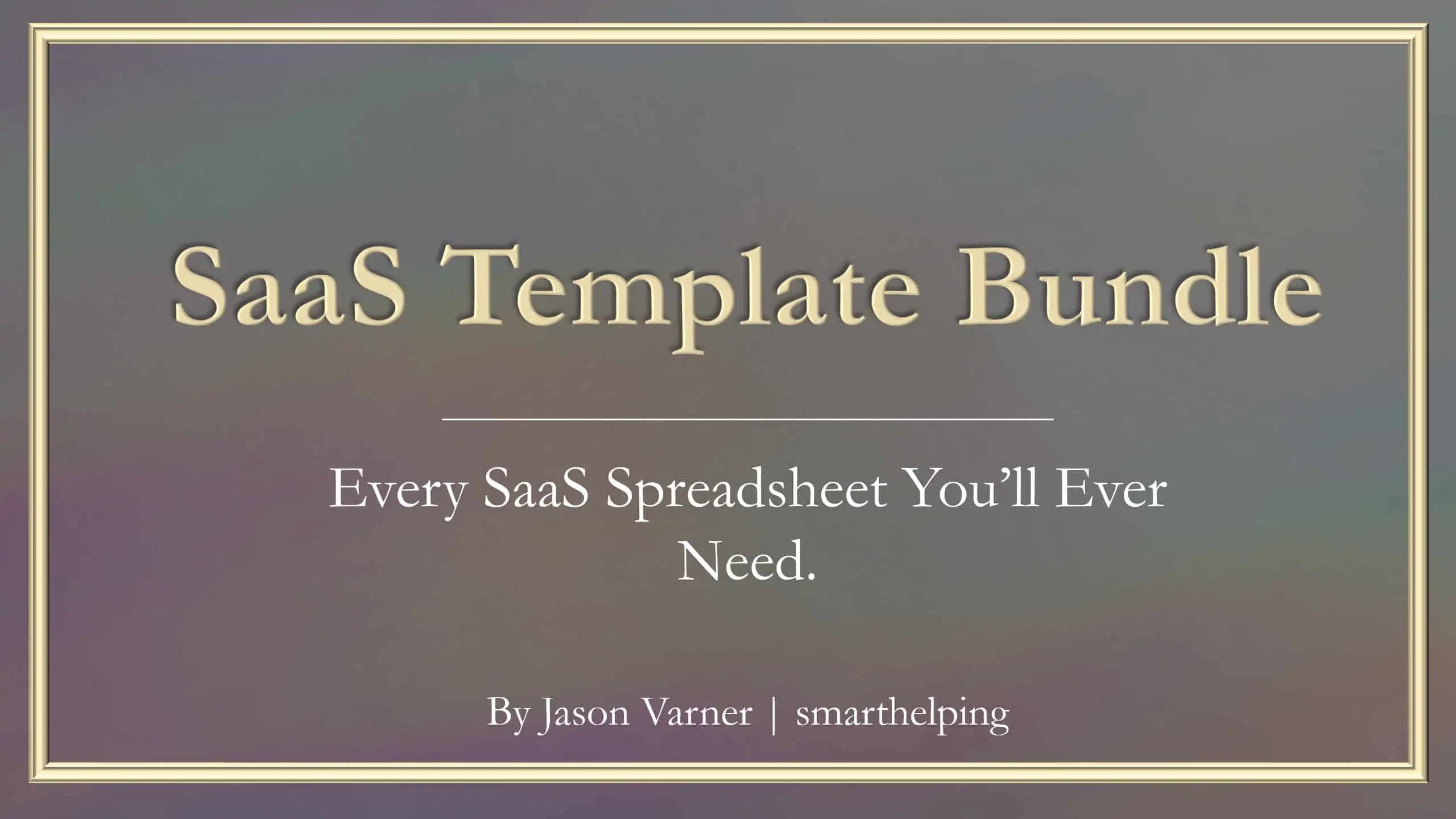Salary-based Microfinance Lending Financial Model Template
Salary-based microfinance lending are considered low risk, high return business opportunity. It is a microfinance business that allows employees to receive their salary in advance in exchange for a minimal fee or interest rate.

What is a Microfinance Instant Salary?
An instant salary is a microfinance business that offers salary-based microfinance lending to employees at any point in time during the month. It’s technically a loan granted by the lender to employees and guaranteed by the employer through the employee’s future salary. In exchange for advancing the salary, the lender charges a minimal interest rate or commission fee.
Sometimes, an employee might hit an unexpected financial setback that requires more money than what has been saved up. No one knows when such a crisis will hit you, and when it does, you should be financially ready. However, suppose an employee is living from paycheck to paycheck where the salary is just enough to pay for food, rent, and other bills. In which case, the employee does not have many options when such a situation arises.
Thus, it is a relief for employees if their company offers a salary advance platform. It gives the employees peace of mind and free will to manage their cash flow.
How does it work?
The company or employer has to sign up in Instant Salary before their employees become eligible for the program and gain access to the platform. Once employers signed up, the employees may start requesting salary advances anytime. The employer will then deduct the loan to employees and remit the same to the lender.
Why salary-based microfinance lending?
One common advantage of salary-based microfinance lending is that it represents a low-risk and high return opportunity. The loan itself is secured on terminal benefits, and collection is assured since it is a salary deduction. It is also considered a high return opportunity due to low expected operational costs and higher efficiency rates. However, salary advances provided through larger companies can quickly outstrip the supply of funds available. Thus, it would be best if you scrutinized your financial situation prudently before engaging with bigger clients.
Managing Corporate Employer Relationships
In most cases, alleviating portfolio risk in consumer lending includes a rigorous selection of eligible employers. Ideally, public sector or government institutions are often considered low risk; thus, it best to have them on board. However, loan processing is a lot easier when transacting with nearby employers, though demand may be limited. But, whoever your clients are, you should be tracking their records and assess trends, growth, and profitability.
Salary-based Microfinance Lending Policy
It is generally helpful to establish a robust salary-based microfinance lending policy that shall state clauses related to eligibility requirements, loanable amount, repayment terms, interest, renewal, termination, etc. Creating a policy is the most critical part of this business because this will determine your winning piece in case of a lawsuit. Thus, it best to have your policy reviewed by a competent attorney or CPA.
Salary-based Microfinance Lending Financial Model Template
The model generates revenue through commission. The advances pool is based on the total number of companies’ average payroll. While the advances deployed is dependent on the borrowing allocation.
Salary-based microfinance lending is a perfect business venture if you are looking for low-risk and high-return opportunities. However, before throwing yourselves into the wolves, conducting a feasibility study will save you from trouble. To do that, you also need an outstanding financial model template to support your financial feasibility. Fortunately, this template includes everything you could ask for. Details of the template are summarized below.
SUMMARY TAB
- Executive Summary section with charts, summarized key financials and the main assumptions of the shared kitchen.
- Key assumptions to enter (blue font) include:
Breakdown Sources and Uses of Funds
- Paid in Capital
- Contingency rate
DCF Value
- Exit EV/EBITDA Multiple
WACC Calculation
- Interest Free Rate
- Beta
- Equity Risk Premium
- Debt ratio
- Interest (incl. Debt Premium)
- Tax Rate
- General Assumption
- Revenue Assumption
- Percentage of Users Assumption
- Borrowing Allocation Assumption
- Cash Supply Interest Rate Assumption
- Cash Supply Weight Assumption
- Employee Structure Assumption
- Other Operating Expenses Assumption
- Working Capital Assumption
- Direct Cost Assumption
- CAPEX Assumption
ASSUMPTION TAB
All the calculation are detailed in this tab which means all the key assumptions that was entered in the executive summary are linked here to calculate a 10-year income statement and balance sheet projection. The revenue is derived through commission from deployed advances while other operational expenses are based on percentage of sales and are adjusted to annual inflation rate. Additionally, a detailed 10-year CAPEX projection and depreciation schedule are calculated thoroughly.
FM TAB
- Projected Financial Statements (Income Statement, Balance Sheet and Cash Flow Statement, Shareholder Statement) for 10-year period.
- Five-year financial analysis including relevant KPI’s
- Growth Indicators
- Profitability Indicators
- Liquidity Analysis
- Balance Sheet Analysis
- Efficiency Analysis
- Return Analysis
- Detailed calculation of Project Internal rate of Return (IRR), Net Present Value (NPV) and Payback Period
- Detailed calculation Investor’s Internal rate of Return (IRR), investment returns or equity multiple.
- Calculation of required equity funding
- Detailed WACC calculation
- Detailed Discounted Cash Flow (DCF) Valuation
- Sensitivity Analysis
The Excel model comes in printer-friendly layout including charts and graphs..
Filetypes:
- PDF Adobe Acrobat Reader
- .xlsx (Microsoft Excel
Similar Products
Other customers were also interested in...
Buy Now Pay Later DCF Model & Valuation (10 Ye...
The Buy Now Pay Later (BNPL) Company financial model is a comprehensive tool designed to analyze the... Read more
Buy Now Pay Later (BNPL) Platform – 5 Year F...
Financial Model presenting an advanced 5-year financial plan for a startup BNPL Platform which provi... Read more
Lending Business Financial Projection 3 Statement ...
3 Statement 5 year rolling financial projection Excel model for existing/startup business borrowing ... Read more
Loan Tape Analysis / KPI Dashboard
A framework that makes it easy to drop in your loan data and automatically generate analytical insig... Read more
Fintech Financial Models Bundle
Financial technology (better known as fintech) is used to describe new technology that seeks to impr... Read more
Private Equity Fund Model (Investor Cashflows)
Private Equity Financial Model to analyze fund cashflows and returns available to Limited Partners (... Read more
Lending Platform Financial Model (LaaS)
Includes all the assumptions you need to project the gross revenues and profits of a LaaS platform (... Read more
SaaS Financial Model Bundle
This is a bundle of Financial Model Templates for SaaS businesses and their related sectors such as ... Read more
You must log in to submit a review.



























